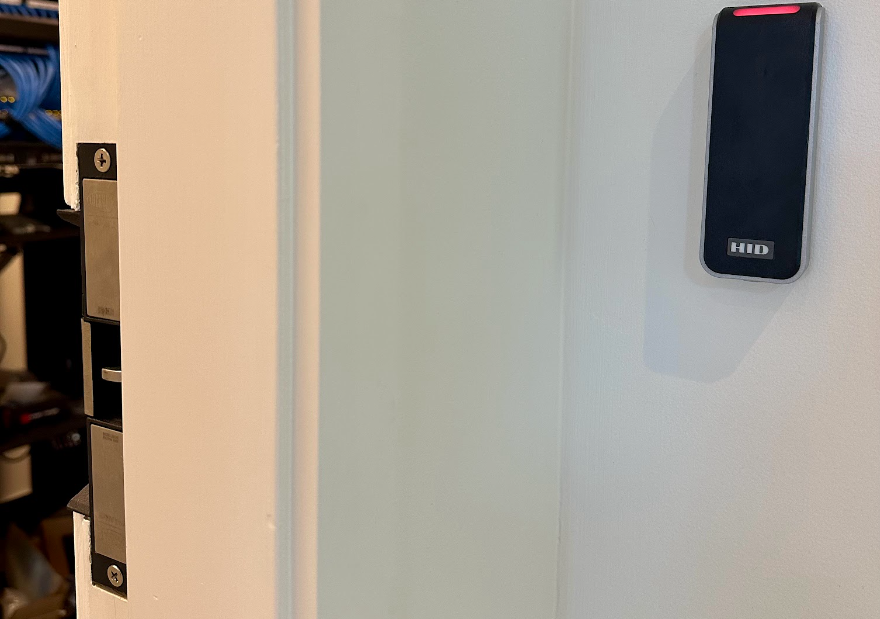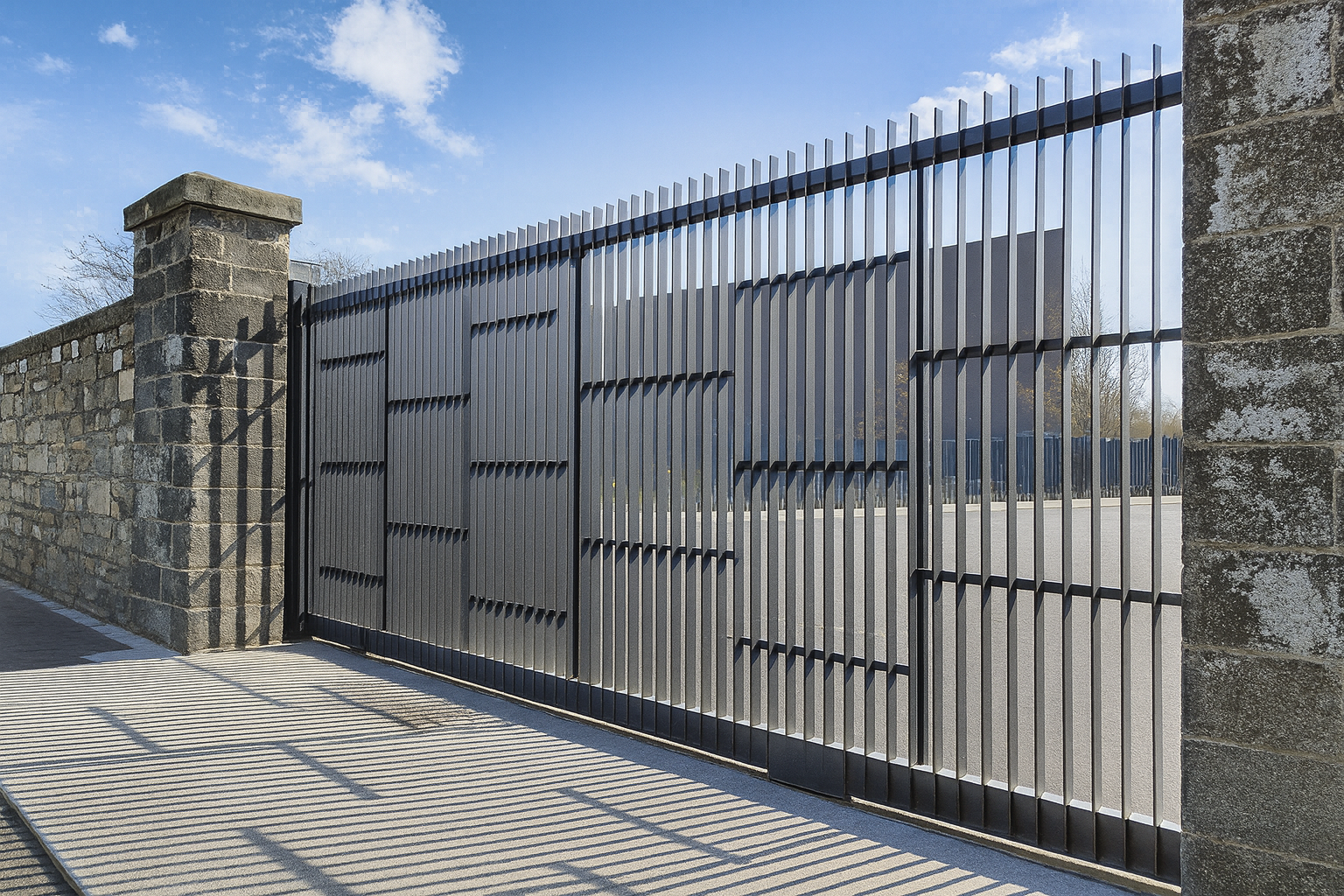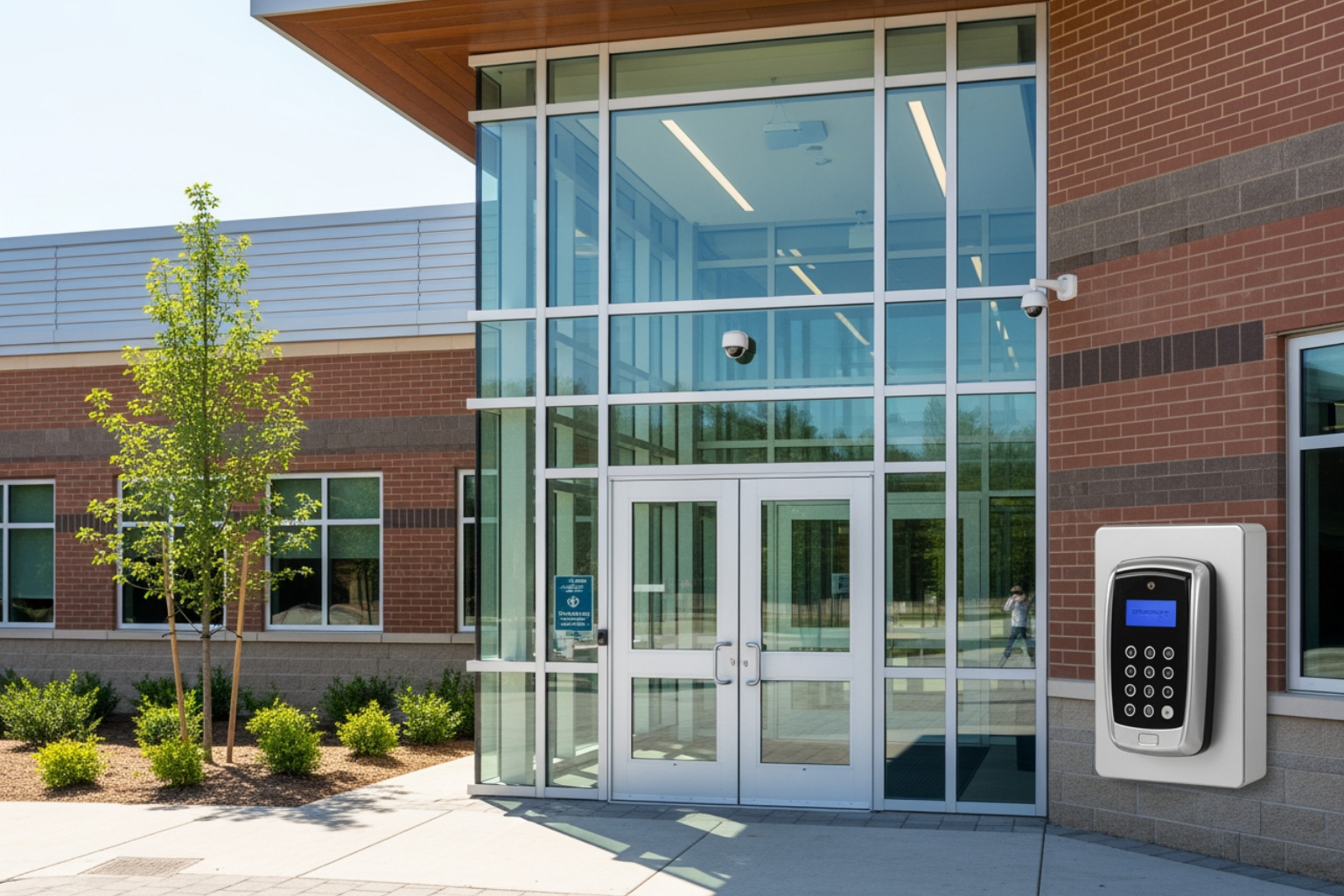
If you manage a building, you know the headaches that come with traditional keys. They get lost, stolen, or copied, creating security risks that are expensive and time-consuming to fix. Managing physical keys for residents, staff, and contractors quickly becomes a logistical nightmare.
Smart access control systems solve these problems. These digital security solutions replace keys with credentials like smartphones, cards, or biometrics, all managed from a central software platform. You can grant or revoke access instantly, track every entry in real-time, and see exactly who has access to your property, from anywhere.
Key things to understand:
Smart access control isn't just about replacing keys—it's about gaining control and efficiency. Instead of calling a locksmith for a lost key, you can revoke a credential in seconds. Instead of handing out physical keys to contractors, you can issue temporary digital access that expires automatically. When an incident occurs, you have a detailed log of who went where and when, giving you facts instead of guesswork.
For properties with multiple entry points like parking gates, amenity areas, and service entrances, a single smart system can manage them all. You can set role-based permissions and time-based schedules, a level of control impossible with traditional keys.
I'm Dave Symons, Managing Director at DASH Symons Group. With over 16 years of experience helping Queensland businesses on the Gold Coast, Brisbane and beyond, I've learned that success comes from understanding how the technology fits your specific property and workflow. It’s about finding a solution that secures your building and simplifies your daily operations.
This guide will walk you through how these systems work, what components you need, and how to choose the right solution for your property. Whether you manage a high-rise, a gated community, or a commercial facility, this is your first step toward stronger security and genuine peace of mind.
A smart access control system is a digital gatekeeper that manages who can enter specific areas of your property and when. Unlike metal keys that can be lost or copied without your knowledge, these systems give you accountable, intelligent security.
The process is simple. A user presents a digital credential—like a smartphone or key card—to a reader at the door. The reader sends this information to a control panel, the system's brain. The panel checks if the user has permission for that door at that time. If they do, it signals the electronic lock to open. Every attempt, whether successful or denied, is automatically logged, creating a detailed audit trail.
This entire process provides what traditional keys can't: instant verification, complete accountability, and central management. It’s how modern properties achieve genuine Secure Building Access without the risks of physical keys.
To understand what to know on smart access control systems, you need to know the parts that make them work. Each component plays a vital role in securing your property.

Your digital "keys," or credentials, come in several forms. Our Access Control Systems work with a range of types to fit your needs:
When we discuss DASH Access Control Systems with clients, we focus on the real-world advantages that improve security, operations, and your bottom line.
Improved Security
Increased Operational Efficiency
Significant Cost Savings
Improved User Convenience
When choosing a system, it's about finding features that solve your specific challenges. A truly smart system should simplify your management, not complicate it.
Here are the key features we recommend:
The true power of a modern security setup comes from connecting different systems. However, this is not a simple plug-and-play process. As specialists in Integrated Security Solutions, we know that successful integration is a tailored process that requires careful design to ensure different technologies communicate effectively.
While standards exist to help, brand-specific limitations are common, and a 'one-size-fits-all' approach rarely works. The goal is to create a unified system that streamlines your security management. We can connect your access control with:
Smart access control is versatile enough for nearly any property. Here are a few common applications:

Before you commit, a successful Business Security System Installation requires careful planning. Ask yourself:
Your investment doesn't end with installation. Ongoing care is essential for long-term reliability and security.
User Privacy and Data SecuritySmart systems collect access data, and protecting it is your responsibility. We help you ensure your system is managed in a way that respects privacy and complies with Australian data protection laws. Access to logs and personal data should be restricted to authorised personnel for legitimate security purposes.
The Importance of Ongoing SupportLike any technology, access control systems need regular maintenance to perform reliably. This is where our Access Control Maintenance Checklist and proactive support make a difference.
We offer a dedicated Dash Care Plan (DCP) for Programmed Maintenance. This plan isn't just about fixing problems; it's about preventing them. Through regular health checks, software updates, and component testing, we ensure your system remains reliable and secure, extending its lifespan and protecting your investment.
At DASH Symons Group, our 16+ years of hands-on experience across the Gold Coast and Queensland make us a trusted partner. We don't just sell systems; we deliver custom solutions and provide the ongoing support you need for lasting peace of mind.
Understanding what to know about smart access control systems is the first step towards a more secure and efficient property. We hope this guide has clarified the potential these systems offer.
If you're ready to discuss upgrading your security, our team at DASH Symons Group is here to help. With over 16 years serving the Gold Coast and wider Queensland region, we are experts in designing and integrating smart technology that works for you.
Contact us today to schedule a consultation and find how we can improve your property's security and streamline your access management.

